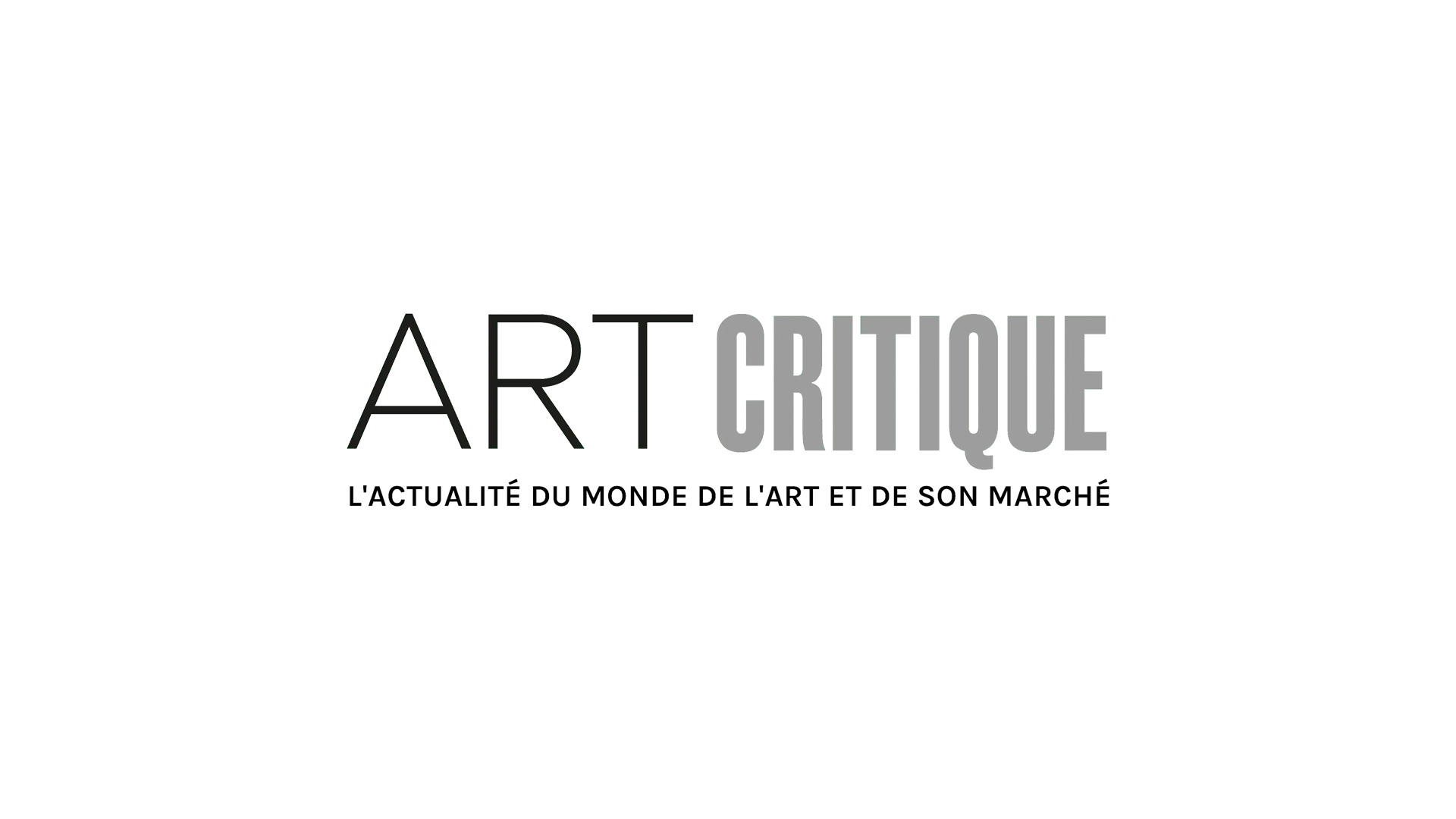Berlin’s Tempelhof Airport was opened in the 1940s under Nazi rule, and it hasn’t seen a flight take off on one of its runways for about a decade.
The airport’s grounds were converted into a park – it’s a popular destination for locals looking for a space to exercise and workout, or just to hang out and have a picnic.
The inside of the airport has basically remained empty until this year. The airport’s interior has been converted into a new home for Berlin’s art scene. This past September, Art Berlin saw two fairs and 120 galleries take place within the walls of the retro, decommissioned airport.
Art Berlin’s new location in the airport includes an outdoor bar and sculptures with a view of the airport park – but after September, some art commentators are concerned that attendance and involvement with Tempelhof’s art scene have been “too German”.
The Art Newspaper reported in early October that the Brussels-based collector Alain Servais noted that Art Berlin felt extremely German, saying “The number of people crossing borders is diminishing. It’s a pity because the fair was a good surprise. There were more interesting proposals than I expected.”
The Art Newspaper further commented that the Berlin-based neugerriemschneider was among the most compelling of Art Berlin’s presentations. It featured contemporary interpretations of the gallery’s artists such as Pawel Althamer, Olafur Eliasson, Billy Childish, Mario Garcia Torres and Ai Weiwei. The gallery did not comment on its sales.
With the transformation of the old airport into a new art scene – it’s going to be called the Berlin Creative District – Berliners are going to find a unique, new area to explore and display art. The concept has drawn some comparisons to New York’s Meatpacking District and London’s Brompton Design District.
The airport built under Hitler and used as an airbase for the duration of the Cold War will be even more than just a home to Art Berlin, too.
The former U.S. Army Officers’ Hotel is being transformed into a Digital and Innovation Centre with spaces being made available for startups and artists’ studios. There are also plans to open a new history museum in Tempelhof’s Hangar 7. The Allied Museum – devoted to telling the story of how French, British, and American troops joined together to take on the Nazi regime – is relocating from Zehlendorf, along with its airplanes, tanks, and helicopters that it will put on display in the airport.
The historic airport’s preservation and restoration have cost the German government $4.2 million USD. The CEO of the Tempelhof Projekt, Jutta Heim-Wenzler said in a statement, ““Since the closure, the district has accompanied the different development strategies for the airport. After the opening of the airport field for all, it is only logical to make the building accessible to all.”
Despite the apparent international disinterest in Art Berlin at Tempelhof in September, the old airport’s transformation could prove to attract more international attention going forward.





